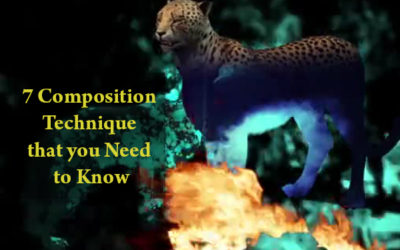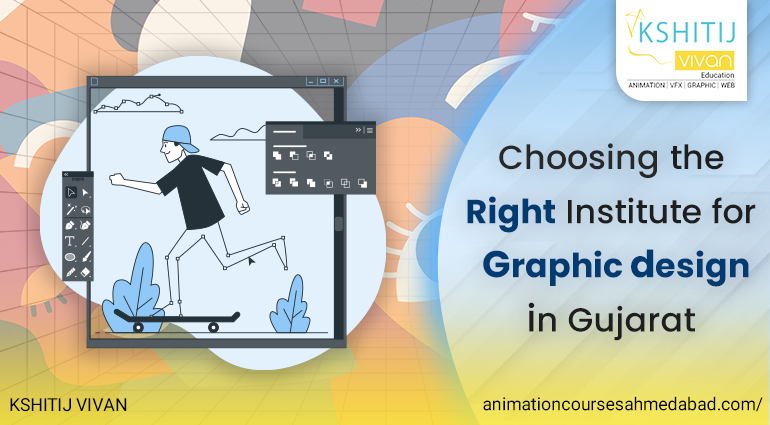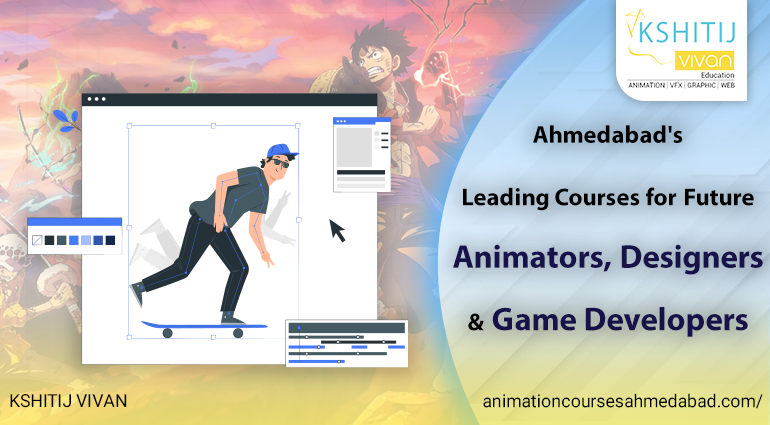
7 Composition Technique that you Need to Know
What is Composition?
Composition means the placement and arrangement of appropriate elements within the image space, so they express the artist's idea in a clear and effective way. It makes a great deal of difference how we put things together within the image space.
In a basic sense, a composition refers to the way the various elements in a picture are arranged within a single frame. As a photographer or artist, when we create an image, firstly we arrange the image elements, then decide where to place the objects in the image space, how important we make objects in size and value and how they relate to each other and the outside borders of the image.
As a photographer, it is important to know how to follow and execute the composition technique. Below we will explain a few composition techniques which are used by every photographer.
7 Composition Technique use to improve your Image
1. Rule of Thirds
The simplest composition technique is the rule of thirds, which has become an extremely common tool and used by amateur and professional photographers. The method involves figuring the frame into thirds, vertically and horizontally, and then using those lines to completely bisect the image using the lines to section off areas of the image and using the nodes at which the lines intersect as key areas for points of interest. This technique works extremely well when used effectively.
2. Simplicity
The main things to consider is how the elements within the shoot are related to each other and therefore what to include or leave out. Often there is a temptation to fill the area with many things of interest as possible but when the composition is concerned it’s better to be selective about what things you should include in the shoot.
3. Lines
Lines has a natural way of leading the viewer's eye. Lines is one of the most effective ways to enhance the drama through the shoot. Horizontal and vertical lines add a definite structure to the images whereas curved lines give a relaxed feel. Consider where each line within the images starts and leads to. It can be very effective to have a line that leads the eye within the shoot.
4. Shapes
Once you have understood the role in which line has to play within the composition of the image, you will be able to begin to appreciate the influence of shape as well. Try to detach yourself from looking through your viewfinder at the subject element and consider the shapes of each element in the frame. Understand how the shapes will interact with one another. Strong shapes such as squares and triangles will be much simpler to frame than softer circular shapes, but by appreciating how the element is formed, you will be able to portray the shapes and their correlation as subject matter powerfully.
5. Framing
This type of composition technique involves using or adding frame elements to emphasize and lead the viewer’s eye towards your subject or to add interest to your image. It can be anything from natural frames like rock formations or human-made ones like tunnels and windows. Whatever shape or form, as long as it helps you to bring focus to your intended subject, it’s bound to create a more aesthetically pleasing image.
6. Color
Choose bold and striking colors to make your subject stand out, or you can use pastel shades for light and pretty visuals.
Complementary colors such as orange and blue sunsets are also great for creating a stunning and well-balanced image. You may also play with color temperatures to produce interesting results or use certain shades to evoke various emotions such as mystery with darker hues and happiness with bright yellows.
7. Viewpoint
Take time and think about where you will shoot it from. Our viewpoint has a massive impact on the composition of the image and it can greatly affect the message that the shoot conveys. Rather than shooting from eye level, consider photographing from high above, down at ground level, from the front, from the side, from the back and so on.
For students who are interested to learn more on Composition Technique and would like to experience and practice on a more professional level, please sign up today for our Advanced Program in Visual Effects Course.



